- What is Dwarf Meyer Lilac?
- Characteristics of Dwarf Meyer Lilac
- 1. Size:
- 2. Blooms:
- 3. Growth habit:
- 4. Hardy and low maintenance:
- 5. Versatility:
- 6. Winter interest:
- Benefits of Growing Dwarf Meyer Lilac
- How to Care for Dwarf Meyer Lilac
- Planting
- Watering
- Fertilizing
- Pruning
- Pest and Disease Control
- Winter Protection
- Propagation of Dwarf Meyer Lilac
- 1. Seed Propagation:
- 2. Cutting Propagation:
- 3. Division Propagation:
- Where to Buy Dwarf Meyer Lilac
- Questions and Answers:
- What makes the Dwarf Meyer Lilac unique?
- Can the Dwarf Meyer Lilac be grown in containers?
- What are the flowering characteristics of the Dwarf Meyer Lilac?
- How do you care for the Dwarf Meyer Lilac?
- Is the Dwarf Meyer Lilac deer-resistant?
- Can the Dwarf Meyer Lilac be used as a hedge?
- Videos: Easiest Way to Start Lilacs (faster than cuttings)
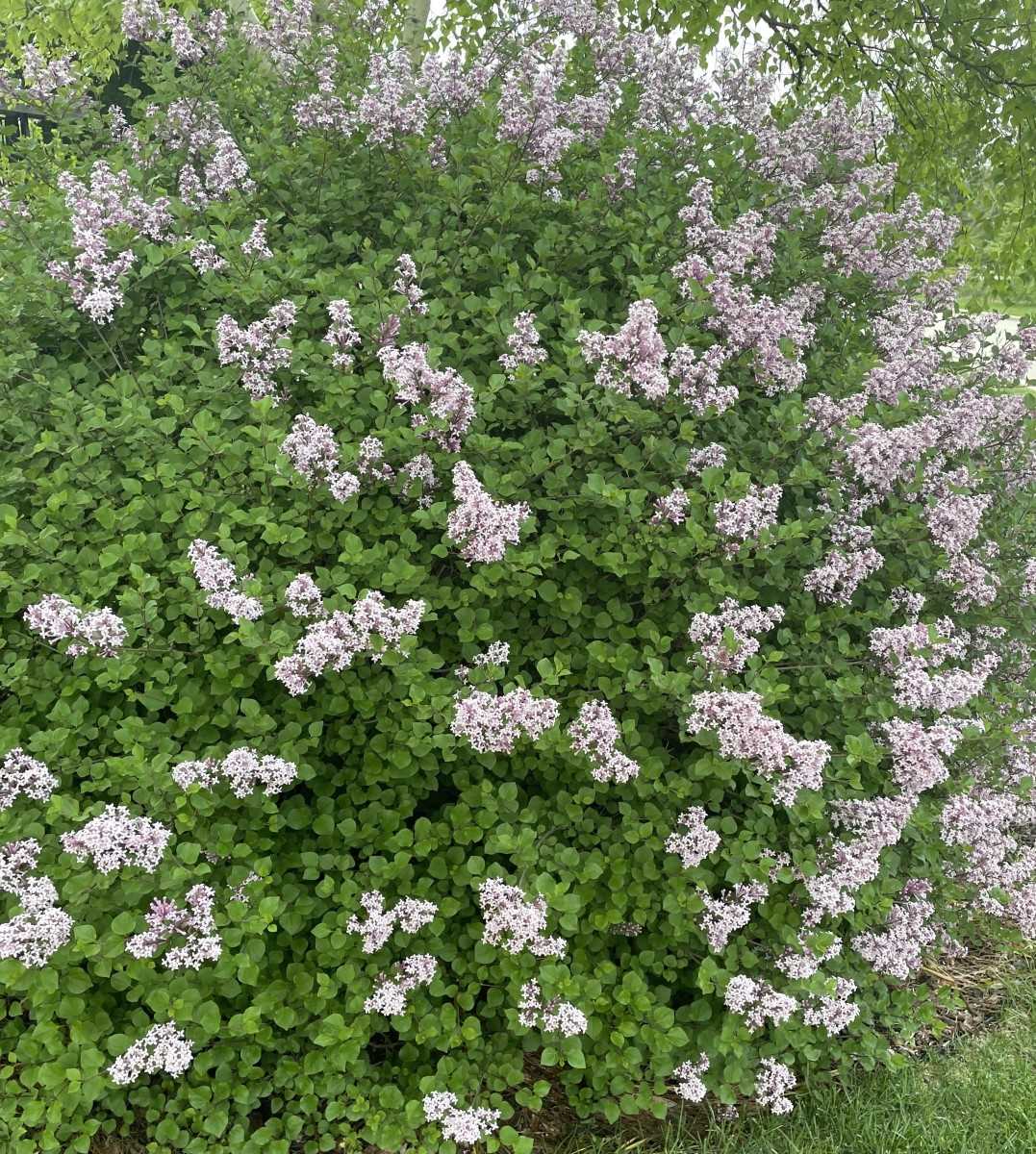
If you’re looking to add a stunning and unique touch to your garden, look no further than the Dwarf Meyer Lilac. This exceptional variation of the lilac plant family stands apart with its beautiful blooms, compact size, and delightful fragrance.
Unlike traditional lilacs that can grow quite tall, the Dwarf Meyer Lilac stays compact and manageable, making it a perfect choice for smaller gardens and even container planting. With its maximum height of 3-4 feet, this lilac variety fits perfectly into any landscape without overpowering the other plants.
One of the most charming features of the Dwarf Meyer Lilac is its beautiful blooms. The flowers, which appear in late spring or early summer, are a striking violet-blue color and are arranged in dense, cone-shaped clusters. These clusters of blossoms create a stunning visual display and fill the air with a heavenly fragrance, attracting butterflies and other pollinators to your garden.
In addition to its compact size and gorgeous blooms, the Dwarf Meyer Lilac is also easy to care for. It thrives in full sun or partial shade and is adaptable to a wide range of soil conditions. Regular watering and occasional pruning will help maintain its shape and encourage healthy growth.
Overall, the Dwarf Meyer Lilac is a must-have plant for any garden enthusiast looking to add a touch of beauty and elegance to their outdoor space. Its compact size, stunning blooms, and delightful fragrance make it a standout choice among lilac varieties. Whether planted in a garden bed or as a focal point in a container, this exceptional variation of lilac is sure to bring joy and admiration year after year.
What is Dwarf Meyer Lilac?
Dwarf Meyer Lilac is a compact and dwarf version of the well-loved lilac plant. It is a popular choice among gardeners who want to add a touch of beauty and fragrance to their landscapes, but have limited space.
This variety of lilac, scientifically known as Syringa meyeri ‘Palibin’, is named after Frank Nicholas Meyer, a plant explorer who traveled extensively through China in the early 20th century. He introduced this lilac variety to the United States in 1909.
One of the key features of Dwarf Meyer Lilac is its smaller size. It typically grows to a height of about 4 to 6 feet and has a spread of 5 to 7 feet, making it an excellent choice for small gardens, patios, and container planting. Despite its compact size, it still produces an abundance of gorgeous flowers that are characteristic of lilacs.
The flowers of Dwarf Meyer Lilac are known for their delicate and sweet fragrance, which adds a delightful scent to outdoor spaces. They appear in abundance in late spring to early summer and are usually lavender or pink in color. The flowers are arranged in tight clusters, creating a stunning display.
In addition to its beautiful flowers and fragrance, Dwarf Meyer Lilac also boasts attractive foliage. Its leaves are small and deep green, creating a lush backdrop for the lovely flowers. The foliage persists throughout the growing season, providing visual interest even when the lilac is not in bloom.
This lilac variety is relatively low-maintenance and easy to grow. It adapts well to a variety of soil types and tolerates both full sun and partial shade. Regular watering and occasional pruning to maintain its shape are typically all that is required to keep the Dwarf Meyer Lilac healthy and thriving.
Whether used as a standalone specimen or as part of a mixed border, Dwarf Meyer Lilac is a standout plant that brings beauty, fragrance, and charm to any garden or outdoor space. Its small size, stunning flowers, and easy care make it a favorite among gardeners looking to make a big impact in a limited space.
Characteristics of Dwarf Meyer Lilac
The Dwarf Meyer Lilac is a unique variation of lilac that is known for its compact size and stunning blooms. Here are some of the key characteristics that make this lilac a standout choice for any garden:
1. Size:
The Dwarf Meyer Lilac is a compact shrub that typically grows to a height of 3 to 4 feet. Its small size makes it ideal for smaller gardens or for use as a border plant.
2. Blooms:
One of the most striking features of the Dwarf Meyer Lilac is its beautiful blooms. It produces an abundance of fragrant flowers in late spring or early summer. The flowers are typically a pale lavender color and have a sweet, pleasant scent that attracts bees and butterflies.
3. Growth habit:
This lilac has a rounded growth habit, with dense foliage that provides an attractive backdrop to the vibrant flowers. Its compact size and dense foliage make it an excellent choice for creating hedges or adding structure to a garden.
4. Hardy and low maintenance:
The Dwarf Meyer Lilac is a hardy plant that is resistant to many common lilac diseases. It is also relatively low maintenance, requiring minimal pruning and care. It is adaptable to a variety of soil conditions and can tolerate both full sun and partial shade.
5. Versatility:
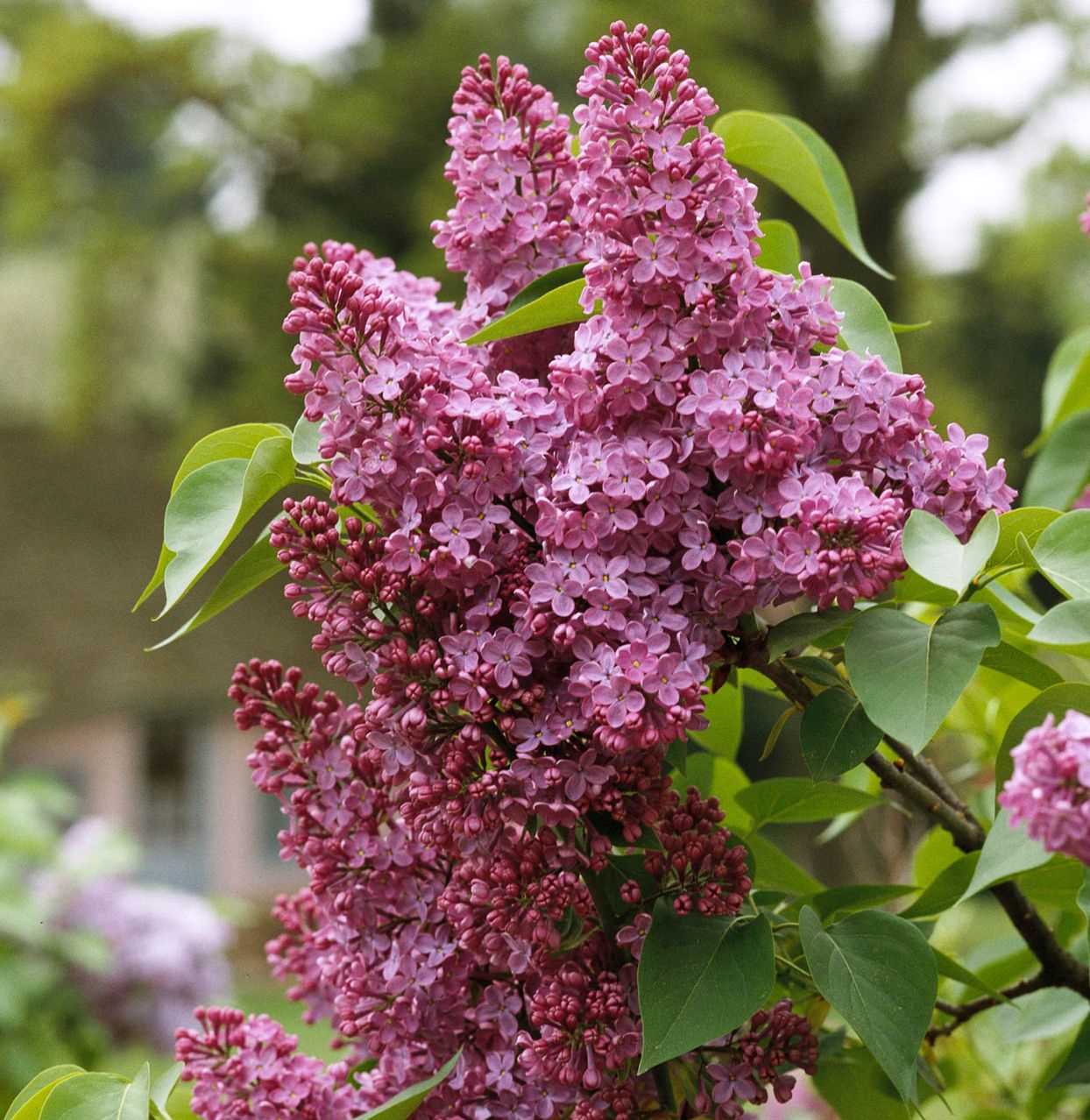

Due to its compact size and attractive blooms, the Dwarf Meyer Lilac is a versatile plant that can be used in a variety of garden settings. It can be planted as a standalone specimen or incorporated into mixed borders or perennial beds. It also works well in containers and can be grown in smaller spaces, such as patios or balconies.
6. Winter interest:
In addition to its beautiful blooms, the Dwarf Meyer Lilac also offers winter interest with its attractive foliage. The leaves of this lilac turn a reddish-purple color in the fall, adding a touch of color to the winter landscape.
Overall, the Dwarf Meyer Lilac is a standout plant with its compact size, stunning blooms, and low maintenance requirements. Whether used as a focal point or a supporting player in the garden, this lilac is sure to add beauty and charm to any outdoor space.
Benefits of Growing Dwarf Meyer Lilac
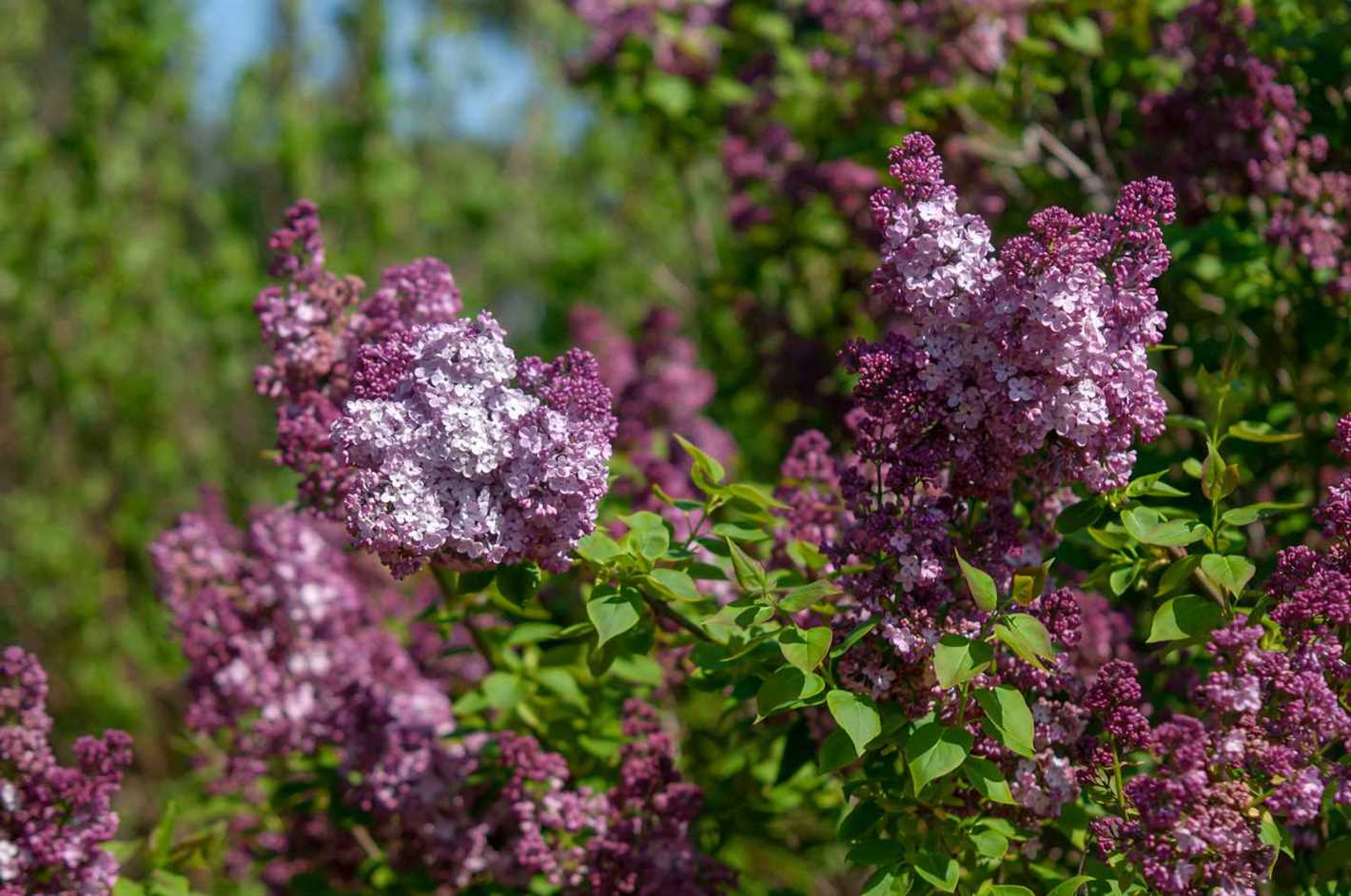

Fragrant Blooms: Dwarf Meyer Lilac produces beautiful, fragrant blooms that fill the air with a delightful scent. The blooms attract butterflies and other pollinators to your garden, enhancing its natural beauty.
Compact Size: The dwarf variety of Meyer Lilac has a compact size, making it ideal for small gardens, balconies, and container planting. Its petite stature also makes it easier to maintain and prune.
Extended Bloom Period: Unlike traditional lilacs that only bloom for a short period, the Dwarf Meyer Lilac has an extended bloom period. It will produce flowers for several weeks, ensuring a longer-lasting display of color in your garden.
Low Maintenance: Dwarf Meyer Lilac is a low-maintenance plant that requires minimal care. It is drought-tolerant once established and is resistant to common lilac diseases. Regular pruning will help maintain its shape and promote healthy growth.
Versatile Landscaping: The compact size and attractive blooms of the Dwarf Meyer Lilac make it a versatile plant for landscaping. It can be used as a border plant, in rock gardens, or as a focal point in mixed flower beds. The shrub’s beautiful foliage also adds visual interest even when not in bloom.
A Variety of Colors: Dwarf Meyer Lilac comes in a variety of colors, including shades of purple, pink, and white. This allows you to choose the color that best suits your garden’s aesthetic or create a stunning mix of colors by planting multiple varieties.
Attracts Wildlife: The fragrant flowers of Dwarf Meyer Lilac attract various wildlife, including butterflies and hummingbirds. This helps create a vibrant and lively ecosystem in your garden, fostering biodiversity and adding to the overall beauty of your outdoor space.
How to Care for Dwarf Meyer Lilac
The Dwarf Meyer Lilac is a beautiful and unique variation of the lilac plant. While it shares many characteristics with its larger counterparts, it requires some specific care to thrive and reach its full potential. Here are some tips for caring for your Dwarf Meyer Lilac:
Planting
Choose a location for your Dwarf Meyer Lilac that receives full sun for at least 6 hours a day. The soil should be well-draining and rich in organic matter. Dig a hole that is twice as wide and as deep as the root ball of your plant. Place the lilac in the hole, making sure that the top of the root ball is level with the ground. Backfill the hole, gently firming the soil around the base of the plant. Water thoroughly after planting.
Watering
While the Dwarf Meyer Lilac is relatively drought-tolerant, it still requires regular watering, especially during dry spells. Water deeply and infrequently, allowing the soil to dry out slightly between waterings. Avoid overwatering, as this can lead to root rot and other problems.
Fertilizing
Feed your Dwarf Meyer Lilac with a balanced fertilizer in early spring, just as new growth begins. Choose a fertilizer specifically formulated for flowering shrubs, following the instructions on the packaging for application rates. Avoid overfertilizing, as this can result in excessive leaf growth at the expense of flower production.
Pruning
Pruning is an important part of caring for your Dwarf Meyer Lilac. Prune immediately after flowering to remove any dead or damaged branches and to shape the plant. It’s best to avoid pruning in late summer or fall, as this can remove next year’s flower buds.
Pest and Disease Control
While the Dwarf Meyer Lilac is generally resistant to pests and diseases, it is still susceptible to some common issues. Keep an eye out for aphids, powdery mildew, and fungal diseases. If necessary, treat with appropriate pesticides or fungicides, following the instructions on the packaging.
Winter Protection
Provide some winter protection for your Dwarf Meyer Lilac, especially if you live in a colder climate. Apply a layer of mulch around the base of the plant in late fall, to help insulate the roots and protect them from frost.
| Aspect | Requirements |
|---|---|
| Sun Exposure | Full sun (at least 6 hours per day) |
| Soil | Well-draining, rich in organic matter |
| Watering | Deep and infrequent, allowing soil to dry out slightly |
| Fertilizing | Balanced fertilizer in early spring |
| Pruning | After flowering to remove dead or damaged branches |
| Pest and Disease Control | Monitor for aphids, powdery mildew, and fungal diseases |
| Winter Protection | Apply mulch around base in late fall |
By following these care tips, you can enjoy the beauty and fragrance of your Dwarf Meyer Lilac for years to come!
Propagation of Dwarf Meyer Lilac
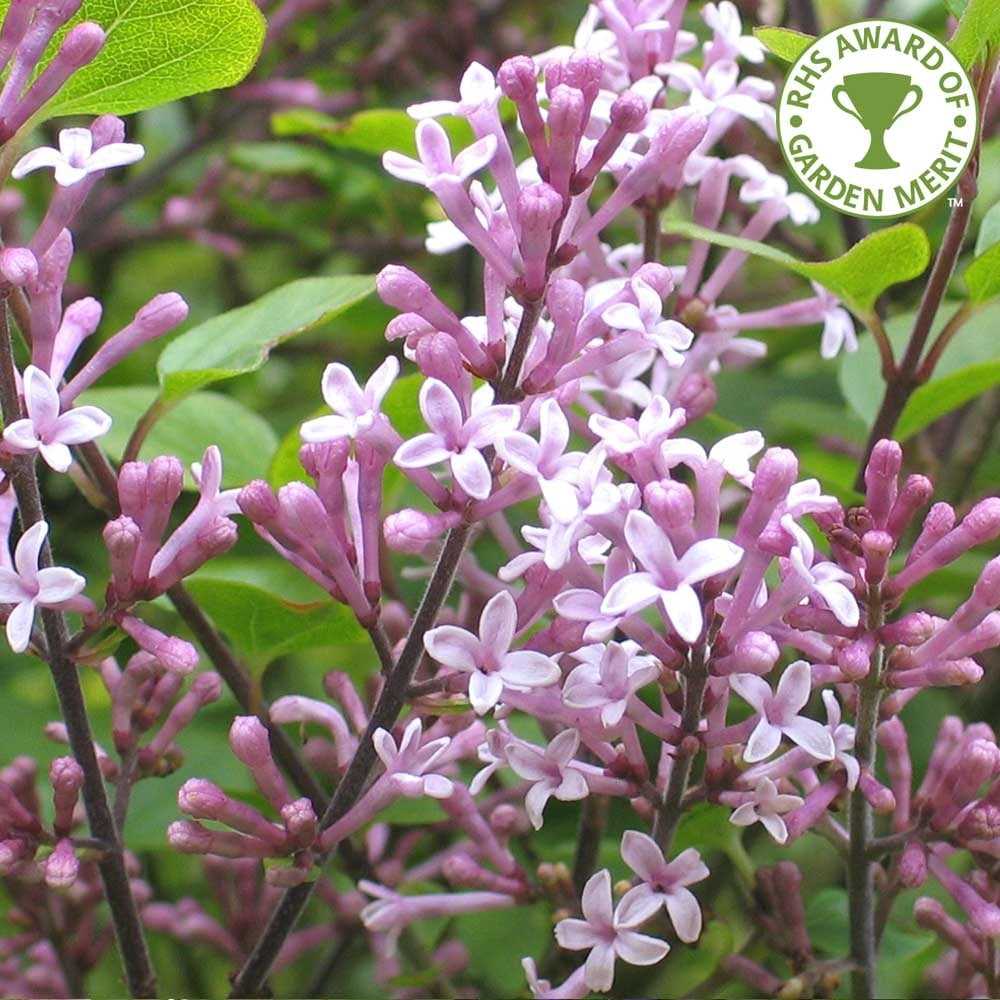

The Dwarf Meyer Lilac can be propagated through different methods such as:
1. Seed Propagation:
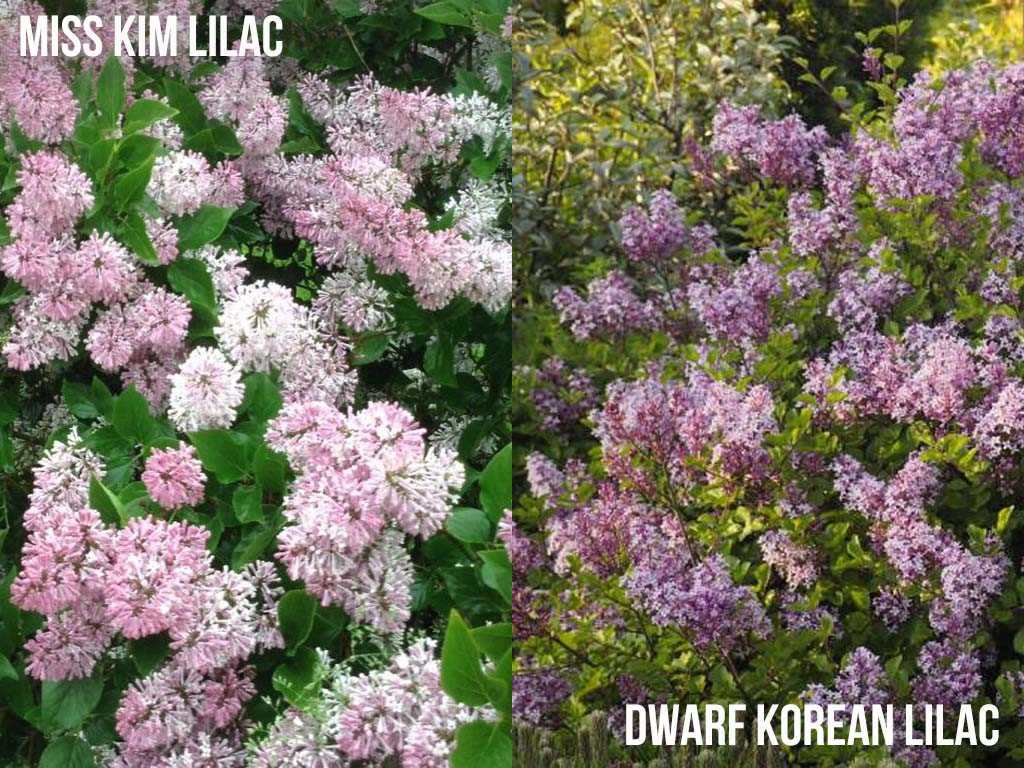

- Collect the seeds from mature Dwarf Meyer Lilac flowers during the fall season.
- Clean the seeds and remove any debris.
- Stratify the seeds by placing them in a plastic bag with damp peat moss or vermiculite.
- Keep the seeds in the refrigerator for 60-90 days to simulate the winter dormancy period.
- After stratification, sow the seeds in a well-draining starting mix in small pots or trays.
- Keep the soil moist and provide indirect sunlight.
- Transplant the seedlings to individual pots or the garden after they develop a strong root system.
2. Cutting Propagation:
- Take softwood or semi-hardwood stem cuttings from healthy and vigorous Dwarf Meyer Lilac plants.
- Remove the leaves from the lower half of the cutting and dip the cut end in rooting hormone powder.
- Insert the cutting in a well-draining potting mix or a propagation tray filled with a mix of perlite and peat moss.
- Keep the cuttings in a warm and humid environment with indirect light.
- Water the cuttings regularly to keep the soil moist but not waterlogged.
- After a few weeks, the cuttings will develop roots and can be transplanted into individual pots or the garden.
3. Division Propagation:
It is best to divide the Dwarf Meyer Lilac during early spring or late fall:
| Step | Description |
|---|---|
| 1 | Carefully dig up the mature Dwarf Meyer Lilac plant, making sure to retain the entire root ball. |
| 2 | Divide the root ball into smaller sections using a sharp and clean garden tool. |
| 3 | Each section should have a good amount of roots and at least one healthy stem or shoot. |
| 4 | Plant each divided section in a well-prepared hole with good soil and proper spacing. |
| 5 | Water the newly planted divisions thoroughly and monitor their growth and health. |
By using these propagation methods, it is possible to increase the number of Dwarf Meyer Lilac plants and enjoy their beautiful blooms and pleasant fragrance in your garden or landscape.
Where to Buy Dwarf Meyer Lilac
- Local Nurseries: Dwarf Meyer Lilac can often be found at local nurseries or garden centers. These establishments specialize in selling plants and often have a variety of lilac options available for purchase. Check with your local nursery to see if they carry Dwarf Meyer Lilac and inquire about pricing and availability.
- Online Retailers: Many online retailers offer a wide range of plants for sale, including Dwarf Meyer Lilac. Websites such as Amazon, Etsy, and GrowJoy are popular options for purchasing plants online. When buying from an online retailer, be sure to read reviews, check the seller’s reputation, and consider the shipping costs and policies.
- Lilac Specialist Nurseries: There are nurseries that specialize in growing and selling various types of lilacs. These nurseries often have a greater selection of lilac varieties, including Dwarf Meyer Lilac. Look for lilac specialist nurseries in your area or search online for ones that offer shipping to your location.
- Local Farmers Markets: Some farmers markets or community markets may have local growers who sell plants, including lilacs. This can be a great way to support local businesses and find unique varieties of plants. Check with your local farmers market to see if any vendors offer Dwarf Meyer Lilac.
When purchasing Dwarf Meyer Lilac, it’s important to consider the quality of the plant, the reputation of the seller, and any specific care instructions provided. As with any plant purchase, be sure to inspect the plant for any signs of disease or pests before buying.
Overall, there are several options available for purchasing Dwarf Meyer Lilac, whether it be through local nurseries, online retailers, lilac specialist nurseries, or farmers markets. Take the time to research and choose a reputable seller to ensure you are getting a healthy and high-quality plant.
Questions and Answers:
What makes the Dwarf Meyer Lilac unique?
The Dwarf Meyer Lilac is unique because of its compact size and stunning flowers. Unlike traditional lilacs, which can grow up to 15 feet tall, the Dwarf Meyer Lilac only reaches a height of 3 to 4 feet.
Can the Dwarf Meyer Lilac be grown in containers?
Yes, the Dwarf Meyer Lilac is an excellent choice for container gardening. Its compact size makes it suitable for growing in pots and planters, allowing you to enjoy its beautiful blooms even if you have limited space.
What are the flowering characteristics of the Dwarf Meyer Lilac?
The Dwarf Meyer Lilac produces clusters of small, fragrant flowers in late spring or early summer. The flowers are typically a soft lavender color, although some variations may have pink or white blooms. The flowers attract bees, butterflies, and other pollinators.
How do you care for the Dwarf Meyer Lilac?
The Dwarf Meyer Lilac requires full sun and well-drained soil. It should be watered regularly, especially during dry periods. Pruning should be done immediately after flowering to maintain the shrub’s shape and promote new growth. Fertilizing once a year in early spring is also recommended.
Is the Dwarf Meyer Lilac deer-resistant?
Yes, the Dwarf Meyer Lilac is known to be deer-resistant. Deer tend to avoid plants with fragrant flowers, making the Dwarf Meyer Lilac a good choice for gardens in areas with deer populations.
Can the Dwarf Meyer Lilac be used as a hedge?
Yes, the compact size and dense growth habit of the Dwarf Meyer Lilac make it an excellent choice for a hedge. Planting multiple shrubs in a row can create a beautiful and fragrant boundary for your garden.







